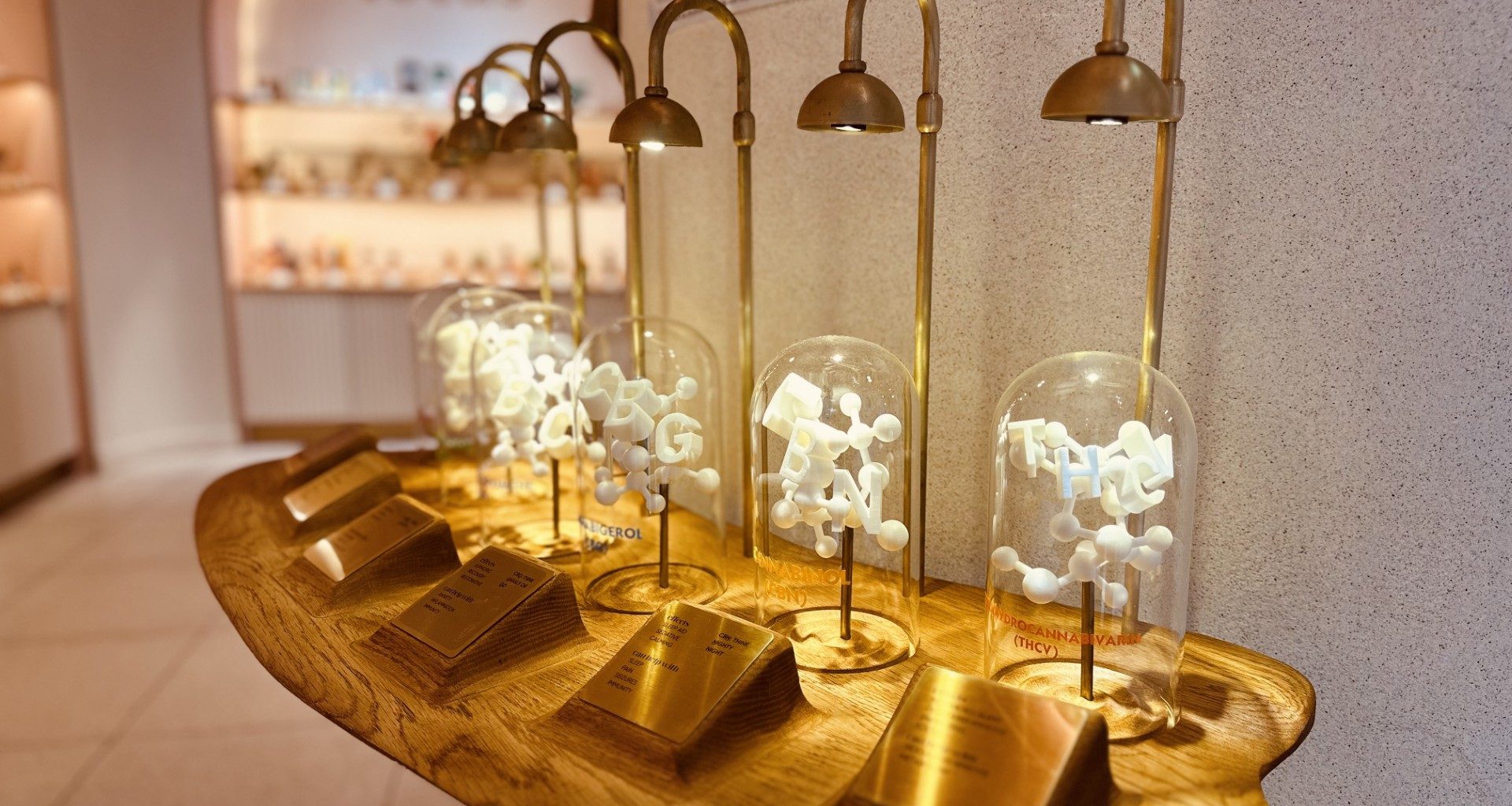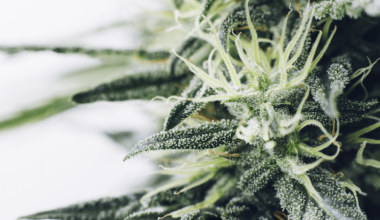For years, THC percentage has dictated price, perception and bragging rights up and down the cannabis supply chain from seed to sale.
But as operators seek to break the cycle of THC addiction and consumers look for clarity, focus and calm over couch-lock highs, “functional THC” is emerging as the legal industry’s next measure of value.
[post id=”27967″]
Cannabis advocates have for years tried to convince consumers that THC percentage is at best an unreliable indicator of product quality and even effects – without much success.
But now, encouraged by wellness culture, the popularity of microdosing and a sober-curious generation, the functional THC movement is driving manufacturers to design products with precise cannabinoid ratios and measurable impacts.
Brands like LEVEL in California and Eaton Botanicals in New York are helping defining what “functional” means.
“Demand for effect-driven products has continued to rise,” said Chris Emerson, CEO of LEVEL, an edibles company that markets tablets for specific activities like gaming.
“The market is moving away from generic ‘this will relax you’ marketing toward formulations that deliver distinct, repeatable experiences through cannabinoid ratios and dose,” he added.
The move towards “functional THC” also reflects a maturing market, where consumers are finally rethinking potency as the benchmark for quality.
Consumers are buying for how they want to feel, not how high they can get
Whether you can trust the numbers or not – and according to many watchdogs, you can’t – data shows average THC levels in U.S. cannabis flower have climbed steadily over the past several years.
That’s a reflection of how potency ruled the roost. But that mindset is changing.
According to BDSA, cannabis beverages and low-dose edibles, with their predictable onset and controllable effects, are among the fast-growing product categories at cannabis retailers.
Observers say this shows consumers want controlled experiences. They want the same kind of dependable function they expect from caffeine or supplements.
Dan Dolgin, co-founder of Eaton Botanicals, sees the same trend at retail.
“We see customers who won’t buy anything else once they find a product that works,” he said. “They’re not chasing potency, they’re chasing reliability.”
To accommodate this trend, retailers such as Alta NYC in Manhattan are rethinking merchandising around effects rather than strain or THC level.
How brands are formulating for function
To avoid the potency race, cannabis product makers are treating formulation less like flavor art and more like pharmaceutical design.
“Functional THC isn’t a single molecule or a single dose,” LEVEL’s Emerson said. “It’s the correct THC dose, in a trusted matrix, for the intended moment.”
LEVEL’s development process blends empirical feedback, peer-reviewed research and advanced machine learning to test for onset, peak, and tail, favoring repeatable, easy-to-titrate profiles, he said.
Meanwhile, Eaton Botanicals is developing low-dose gummies infused with adaptogens – plants and mushrooms associated with well-being effects – as well as botanicals in collaboration with functional-medicine partners at Indigo Wellness.
“We give them an effect, and they help us identify the right ingredients – but more importantly, the right doses,” said Dolgin.
Each batch is tested not just for compliance but for taste, dosage integrity and consumer feedback, often requiring four or five variations before the team lands on a final formula.
To sell the idea, Eaton hosts budtender training and farm visits to help staff connect ingredients to their intended effects.
“Education is the most important thing we can do,” Dolgin said.
Retailers catch on as shoppers buy by mood, not milligrams
Proof of the shift toward function over potency is now visible on retail shelves.
At Alta, products are organized by desired effect: Rest, Chill, Relief, Focus, and Vibe, a move inspired by founder Vanessa Yee-Chan’s own confusion as a new consumer.
“I found stores organized by brand or consumption method, but not by how you want to feel,” she said.
“At Alta, we wanted to make it simpler and more intentional.”
“Vibe,” Alta’s social-energy category, drives the most traffic and repeat visits, while “Rest” and “Chill” products see the highest return-purchase rates, Yee-Chan said.
Effect-based SKUs, she noted, outperform strain-based sales because customers value consistency. Newer shoppers often start low and build confidence, while veterans explore more functional formats.
“That crossover,” Yee-Chan said, “has boosted loyalty and overall spend, showing that clarity around effect can translate directly into stronger sales.
Functional THC is still waiting on science to catch up
Functional THC’s true potential, however, remains untapped.
Fragmented regulations and limited research make education and standardization the hardest parts of scaling, Emerson said.
Research on standardized dosing and predictable effects remains limited across cannabis formats, a 2019 review found.
The disconnect puts pressure on brands to prove what they promise and on retailers to sell outcomes responsibly.
That reinforces why evidence-based labeling and formulation data are becoming the next competitive differentiators.
Subscribe to the MJBiz Factbook
Exclusive industry data and analysis to help you make informed business decisions and avoid costly missteps. All the facts, none of the hype.
What you will get:
- Monthly and quarterly updates, with new data & insights
- Financial forecasts + capital investment trends
- State-by-state guide to regulations, taxes & market opportunities
- Annual survey of cannabis businesses
- Consumer insights
- And more!
Making cannabis more like Tylenol than alcohol
The next competitive edge in cannabis may lie in delivering products that perform predictably, batch after batch.
“The future of functional cannabis will depend on discipline – under-promise, over-deliver and design products that are easy to titrate,” Emerson said.
For manufacturers, that means stronger R&D discipline: validated ratios and transparent data on outcomes.
For retailers, it’s about training teams to sell by effect and curating menus that reflect how people actually shop.
Consistency and education will separate real progress from noise in a crowded marketplace, Emerson said.
Eaton Botanicals’ Dolgin agreed, calling functionality “the bridge to normalization.”
He believes it will expand cannabis’ reach beyond traditional users.
“Functional cannabis reaches people who never thought it was for them,” he said.
“When it feels like a safe, everyday alternative to things like sleep aids or painkillers, that’s what brings wider acceptance – and legalization – closer.”
Medical Disclaimer:
The information provided in these blog posts is intended for general informational and educational purposes only. It is not a substitute for professional medical advice, diagnosis, or treatment. Always seek the advice of your physician or other qualified healthcare provider with any questions you may have regarding a medical condition. The use of any information provided in these blog posts is solely at your own risk. The authors and the website do not recommend or endorse any specific products, treatments, or procedures mentioned. Reliance on any information in these blog posts is solely at your own discretion.






